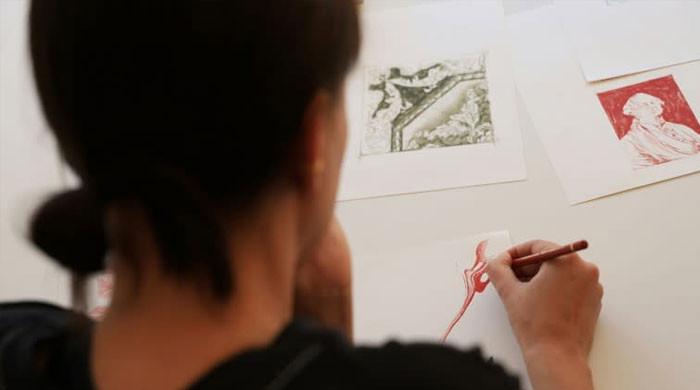The old house of the repressive dictator of Albania, Enver Hoxha, is now a vibrant creative space for young artists around the world, which marks the last step of the country to free itself from its authoritarian past, AFP reported.
Bruno Juliard, director of the Art Explore Foundation, praised the transformation, calling him a challenging gesture against the legacy of censorship and repression that the villa once defined.
Once a “ghost villa” fills in the dark history of Albania’s totalitarian regime, the old Hoxha residence in Tirana is now a residence for artists around the world.
This year, 22 artists from 15 countries will be welcome in the town, which still has its original socialist art and furniture. Among them is Genny Petrotta, an Italian videota and researcher, who finds inspiration in the surreal atmosphere of the house.
“Every day, when I wake up, I write my dreams because I have absurd dreams here,” he explained, noting that the house evoked “Macbeth” and “Hamlet” by Shakespeare, which explores power and revenge.
Previously known as “Villa 31”, the town served as a family home in Hoxha for decades, in a very protected area guarded by the dictator’s secret police.
The Hoxha regime was known for its hard repression, prohibit religion, stop personal expression and imprison artists. Today, however, the area has been transformed, with bars and coffee shops that now replace the security control points.
Prime Minister Edi Rama, an artist himself, emphasized the symbolic value of the new role of the town. At the opening ceremony, he declared that he would create everything that Hoxha “despised” a modern artistic center that would make the dictator “turn in his grave.”
Among the first residents is the Ukrainian artist Stanislava Pinchuk, who is captivated by the heavy atmosphere of the town.
“Everything here breathes pain and tension,” he said, describing space as a testimony of both the past and a platform for artistic reflection on political events and human rights abuses.




